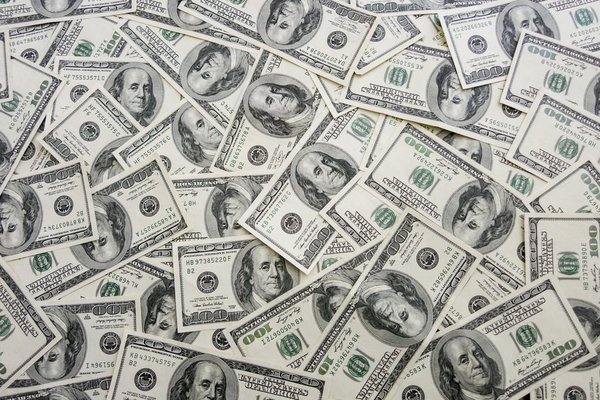 Read this article in French
Read this article in French- Share this article
- Subscribe to our newsletter
Special Drawing Rights – more than a paper tiger?
In order to cushion the economic impact of the Covid-19 pandemic, with the equivalent of 650 billion US dollars, the International Monetary Fund (IMF) approved its as yet largest allocation of Special Drawing Rights (SDRs) in August 2021. Since then, a better use of Special Drawing Rights has been debated – also with regard to the proposals on a reform of the international financial architecture, and with respect to making finance available for combating and adapting to climate change as well as the achievement of the Sustainable Development Goals (SDGs). In a discussion event in mid-July, Forum Environment and Development looked at the effects this instrument is really having in practice, and in particular, what Germany’s status is like in this context.
Unequal distribution
In financial terms, SDR allocation in August 2021 represented the most important international measure to cushion the impacts of the Covid-19 pandemic. However, its effect was only limited, for owing to distribution in line with IMF rating, which roughly reflects the economic clout of countries in the global economy, a major share of the payments went to rich countries which do not need them at all. Therefore, since autumn 2021, reallocating SDRs from the G7 and G20 states to poorer countries has been discussed. Approvals of a sum of 100 billion euros were to be acquired.
At the International Summit for a New Global Financing Pact in Paris in mid-June, France’s President Emmanuel Macron announced that the 100 billion euro target had been reached. “But approvals do not mean concrete payments,” says Verena Kröss, an international finances, economics and human rights consultant of the NGO World Economy, Ecology and Development (WEED). For so far, only half of the approved 100 billion euros has been made available, Kröss maintains. And a mere two IMF trustee funds have benefited from the SDR reallocation: the Poverty Reduction and Growth Trust (PRGT), which awards loans at particularly favourable conditions to low-income countries, and the Resilience and Sustainabilty Trust (RST), which was specially set up in 2022 to reallocate SDRs.
Germany’s “Sonderweg”
For example, Germany, has the fourth highest rating in the IMF after the USA, Japan and China, and thus holds more SDRs than all African countries together. In August 2021, it was allocated around 30 billion euros in SDRs. Whereas in accordance with International Law, only countries may gain membership of the IMF and hence become holders of SDRs, in Germany, responsibility for the SDR lies with the Federal Bank – which has so far rejected any reallocation of SDRs.
Germany has participated in the RST with a loan to the tune of 6.3 billion euros. “This is a favourable construction for the Federal Budget,” criticises Wolfgang Obenland of Forum Environment and Development. “From this measure, Germany is reckoning with income from interest amounting to 170 million euros.” The Federal Bank should not have the sole power to make decisions regarding SDR reallocation, Obenland maintains. “If political will is there, one can also discuss changes to the law.”
Special Drawing Rights at a glance
Special Drawing Rights were introduced by the IMF in 1969, as a type of global monetary reserve. Furthermore, they represent an IMF unit of account. The value of the SDRs is composed of a weighted basket of five currencies: the US dollar, the euro, the renminbi, the yen and the pound sterling. SDRs as such are not a currency. However, they can be converted into other IMF member countries’ currencies, and can then be used, for example, to finance imports. SDRs are available to all countries as additional reserves and are not subject to any conditions, which means that they do not raise a country’s debt burden.
Presently, SDR allocation is the only internationally established instrument with which large amounts of additional finance can be made available at very short notice. In allocation, they are accounted as assets and liabilities in equal amounts. If these remain balanced, no interest is due. However, as soon as a country uses the SDRs, whether for payments to the IMF or via conversion into US dollars, it has to pay interest on the difference between the reduced assets and the liabilities, although the amount made use of need not be repaid. The SDR interest rate corresponds to the base rate of the five currency areas referred to above, and is presently at 3.825 per cent. So far, there have only been four SDR allocations: 1970–72, 1979–81, 2009 and 2021.
(F&E/WEED/sri)
More information:





Add a comment
Be the First to Comment